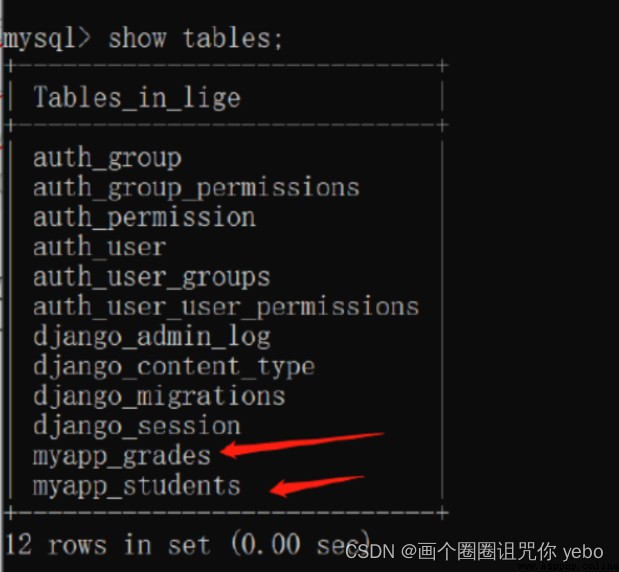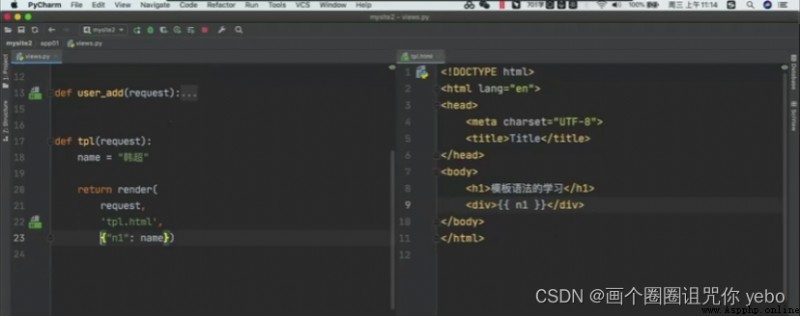
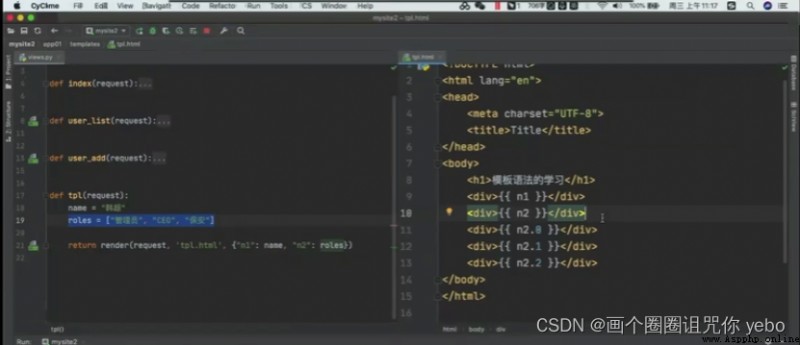
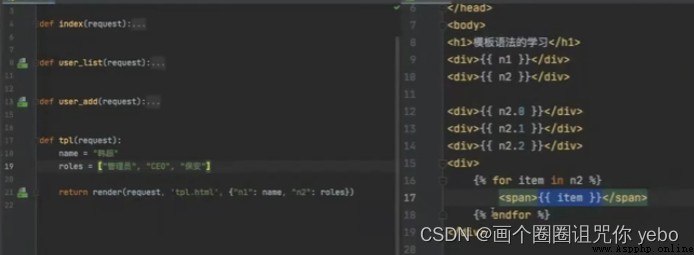
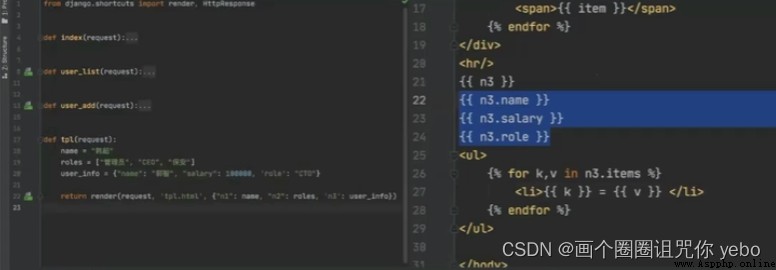


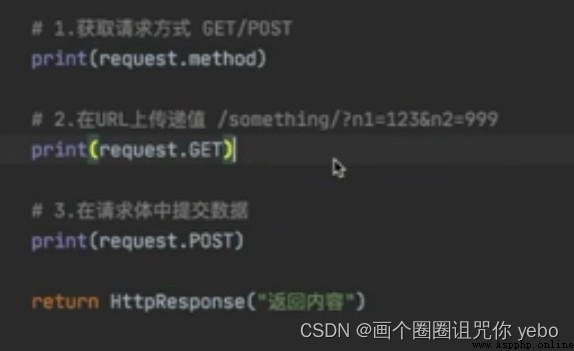
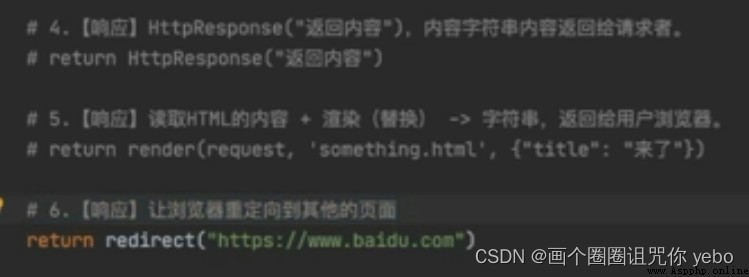
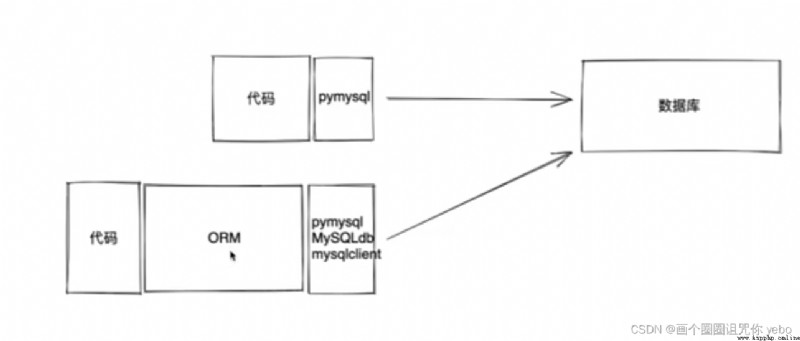
"""
Django settings for djangoProject project.
Generated by 'django-admin startproject' using Django 4.0.5.
For more information on this file, see
https://docs.djangoproject.com/en/4.0/topics/settings/
For the full list of settings and their values, see
https://docs.djangoproject.com/en/4.0/ref/settings/
"""
import os.path
import sys
from pathlib import Path
# Build paths inside the project like this: BASE_DIR / 'subdir'.
BASE_DIR = Path(__file__).resolve().parent.parent
sys.path.insert(0,os.path.join(BASE_DIR,'djangoProject'))
# Quick-start development settings - unsuitable for production
# See https://docs.djangoproject.com/en/4.0/howto/deployment/checklist/
# SECURITY WARNING: keep the secret key used in production secret!
SECRET_KEY = 'django-insecure-5k74wm#*nw^ezl(9!pk(-tr&^jzw_8e2v2zar-xch1!#5p*-%!'
# SECURITY WARNING: don't run with debug turned on in production!
DEBUG = True
ALLOWED_HOSTS = []
# Application definition
INSTALLED_APPS = [
'django.contrib.admin',
'django.contrib.auth',
'django.contrib.contenttypes',
'django.contrib.sessions',
'django.contrib.messages',
'django.contrib.staticfiles',
'app01.apps.App01Config'
]
MIDDLEWARE = [
'django.middleware.security.SecurityMiddleware',
'django.contrib.sessions.middleware.SessionMiddleware',
'django.middleware.common.CommonMiddleware',
'django.middleware.csrf.CsrfViewMiddleware',
'django.contrib.auth.middleware.AuthenticationMiddleware',
'django.contrib.messages.middleware.MessageMiddleware',
'django.middleware.clickjacking.XFrameOptionsMiddleware',
]
ROOT_URLCONF = 'djangoProject.urls'
TEMPLATES = [
{
'BACKEND': 'django.template.backends.django.DjangoTemplates',
'DIRS': [BASE_DIR / 'templates']
,
'APP_DIRS': True,
'OPTIONS': {
'context_processors': [
'django.template.context_processors.debug',
'django.template.context_processors.request',
'django.contrib.auth.context_processors.auth',
'django.contrib.messages.context_processors.messages',
],
},
},
]
WSGI_APPLICATION = 'djangoProject.wsgi.application'
# Database
# https://docs.djangoproject.com/en/4.0/ref/settings/#databases
# DATABASES = {
# 'default': {
# 'ENGINE': 'django.db.backends.sqlite3',
# 'NAME': BASE_DIR / 'db.sqlite3',
# }
# }
DATABASES={
'default':{
'EIGINE':'django.db.backends.mysql',
'NAME':'app01',
'USER':'root',
'PASSWORD':'123456789',
'HOST':'127.0.0.1',
'PORT':3306
}
}
# Password validation
# https://docs.djangoproject.com/en/4.0/ref/settings/#auth-password-validators
AUTH_PASSWORD_VALIDATORS = [
{
'NAME': 'django.contrib.auth.password_validation.UserAttributeSimilarityValidator',
},
{
'NAME': 'django.contrib.auth.password_validation.MinimumLengthValidator',
},
{
'NAME': 'django.contrib.auth.password_validation.CommonPasswordValidator',
},
{
'NAME': 'django.contrib.auth.password_validation.NumericPasswordValidator',
},
]
# Internationalization
# https://docs.djangoproject.com/en/4.0/topics/i18n/
LANGUAGE_CODE = 'en-us'
TIME_ZONE = 'UTC'
USE_I18N = True
USE_TZ = True
# Static files (CSS, JavaScript, Images)
# https://docs.djangoproject.com/en/4.0/howto/static-files/
STATIC_URL = 'static/'
# Default primary key field type
# https://docs.djangoproject.com/en/4.0/ref/settings/#default-auto-field
DEFAULT_AUTO_FIELD = 'django.db.models.BigAutoField'
from django.db import models
# Create your models here.
class UserInfo(models.Model):
name=models.CharField(max_length=255)
data=models.CharField(max_length=255)
country = models.CharField(max_length=255)
type = models.CharField(max_length=255)
time = models.CharField(max_length=255)
score = models.DecimalField(blank=True, null=True, max_digits=15, decimal_places=3)
numOfRaters = models.IntegerField()from django.db import models
# Create your models here.
class UserInfo(models.Model):
name=models.CharField(max_length=255)
data=models.CharField(max_length=255)
country = models.CharField(max_length=255)
type = models.CharField(max_length=255)
time = models.CharField(max_length=255)
score = models.DecimalField(blank=True, null=True, max_digits=15, decimal_places=3)
numOfRaters = models.IntegerField()from django.db import models
# Create your models here.
這個類會對應數據庫中的⼀個表
#
不指定主鍵,會⾃動⽣成⼀個主鍵
class Grades(models.Model):#
gname = models.CharField(max_length=20)
gdate = models.DateTimeField()
ggirlnum = models.IntegerField()
gboynum = models.IntegerField()
isDelete = models.BooleanField(default=False)
def__str__(self):
return"%s"%(self.gname)
class Students(models.Model):
sname = models.CharField(max_length=20)
男:
sgender = models.BooleanField(default=True)#
True,
sage = models.IntegerField()
scontend = models.CharField(max_length=20)
:不刪除
isDelete = models.BooleanField(default=False)#False
關聯外鍵
#
關聯外鍵,關聯前⾯班級類
sgrade = models.ForeignKey("Grades")#
def__str__(self):
return self.snamepython manage.py makemigration
PyCharm查看⽣成的遷移⽂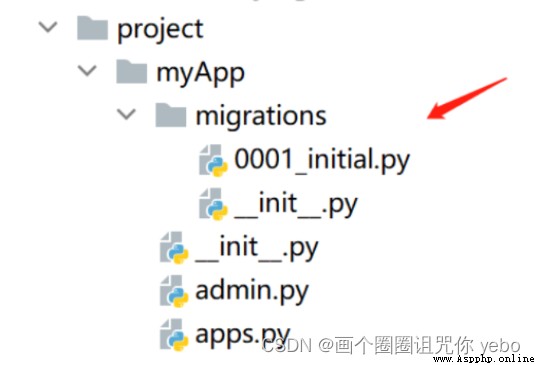

數據庫中展⽰⽣成的表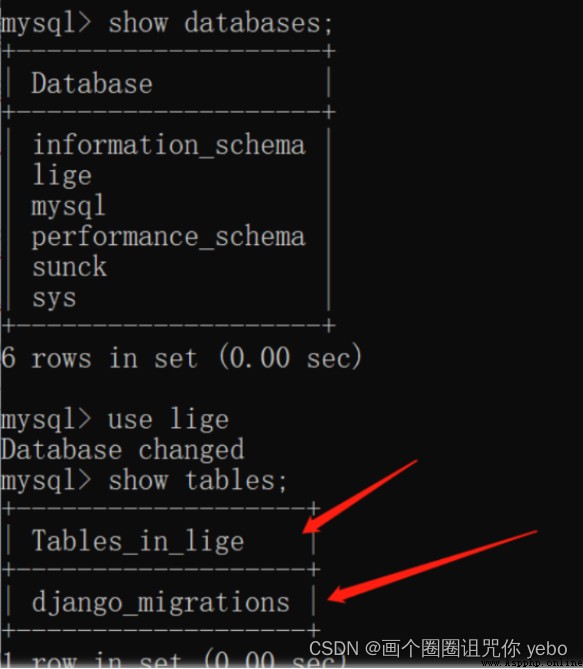
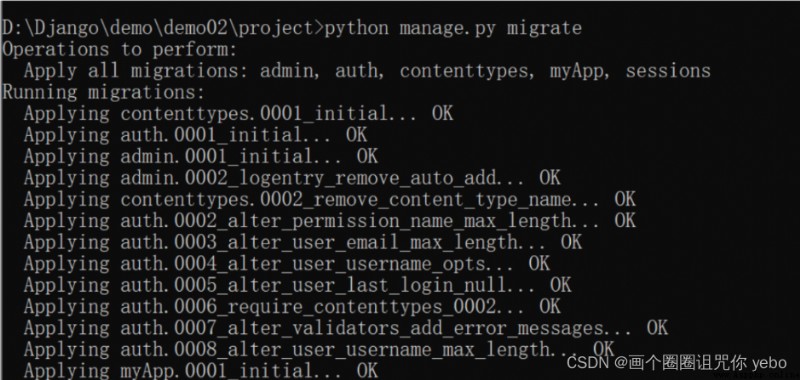
通過數據庫查看⽣成的與models.py⽂件中⼀⼀對應的數據表